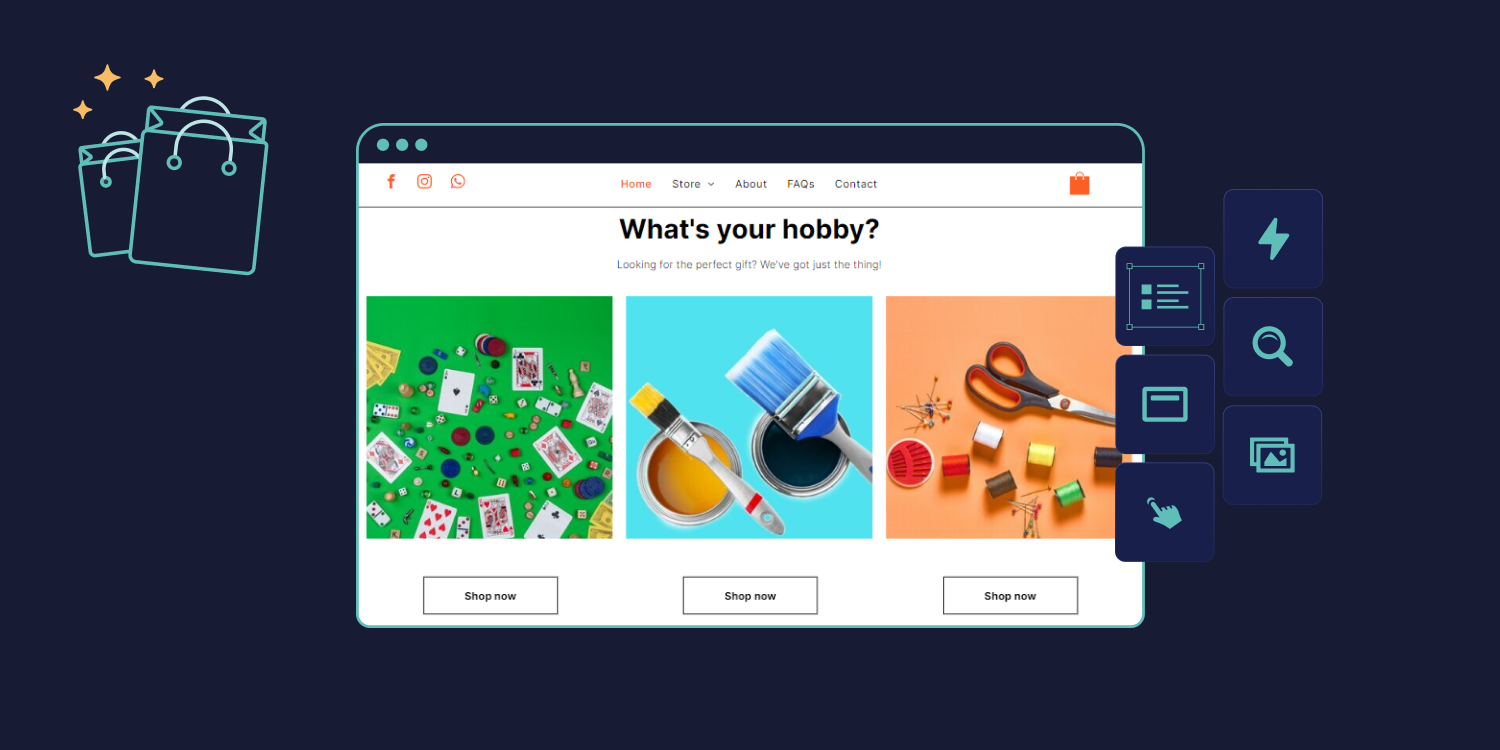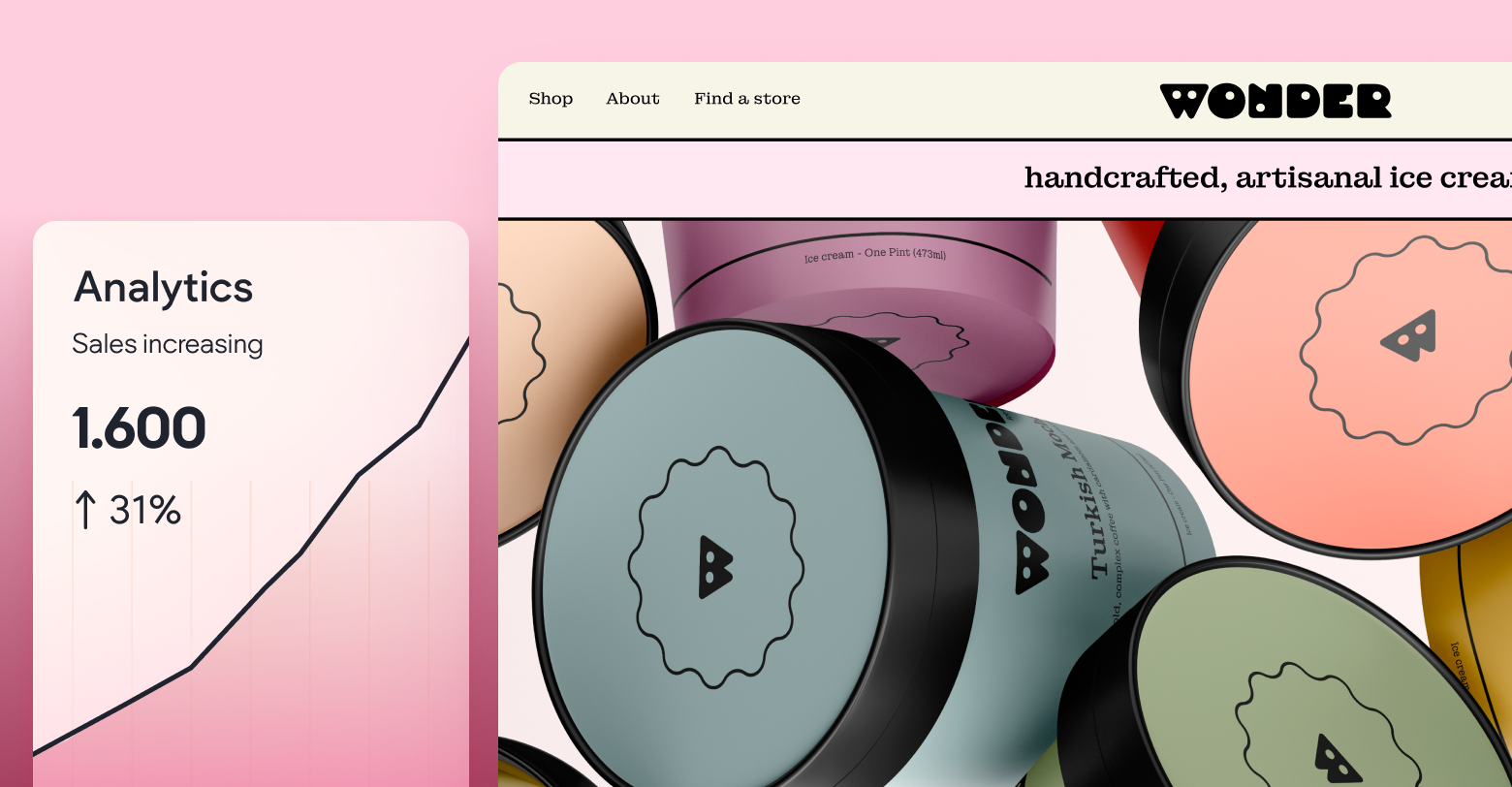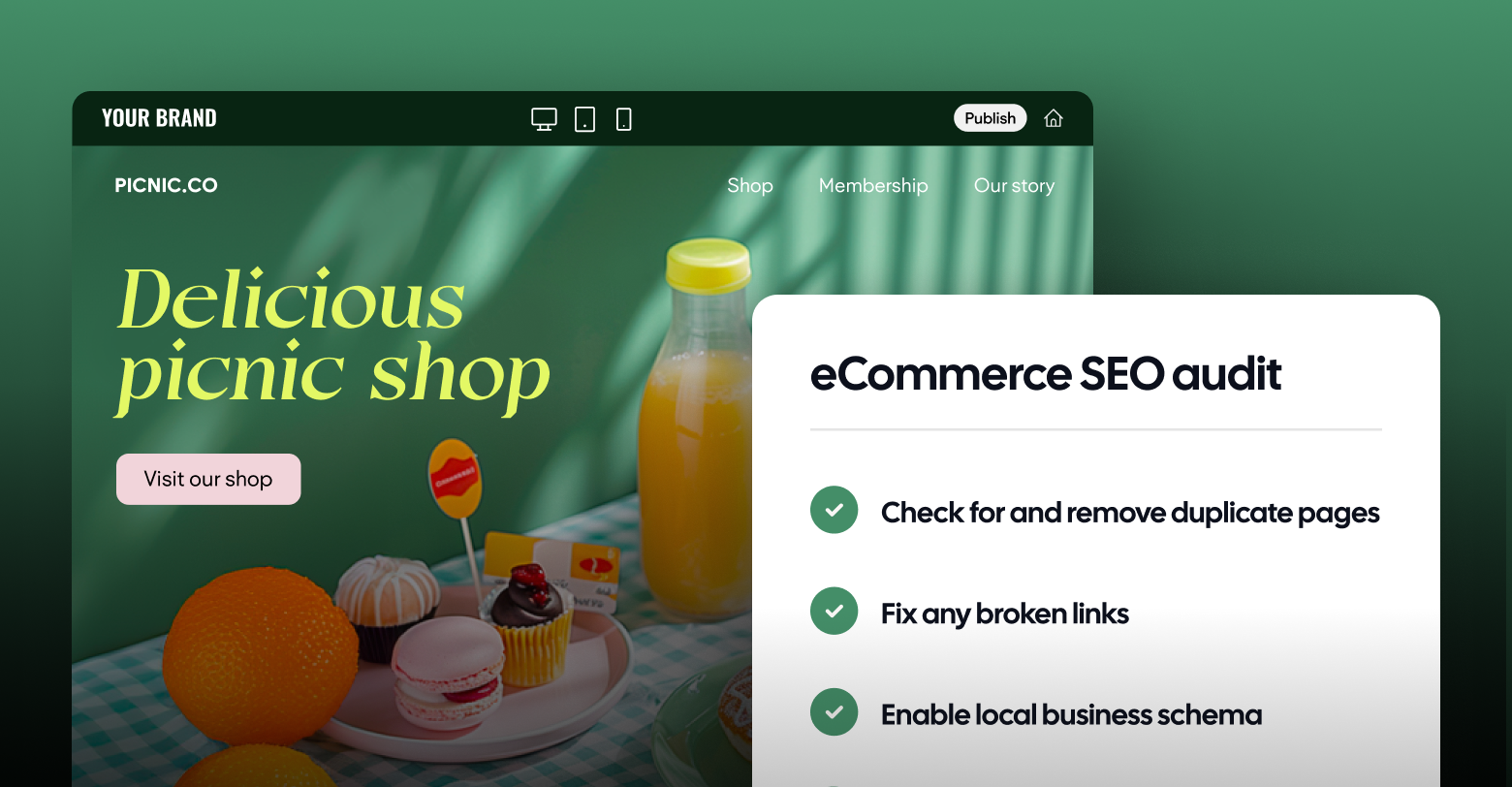You can’t talk about
eCommerce trends from a
now perspective; so much has happened in the past years that requires mentioning.
Let’s look back at 2020.
Actually, you know what? Let’s not! Who needs to think about lockdowns and quarantines, right?!
But if I have to say something about that terrible year, it’s that it wasn’t terrible for everyone.
While Covid-19 definitely damaged many industries (tourism comes to mind), eCommerce thrived.
Even though the eCommerce growth trend started before Covid-19, there’s no denying that the pandemic sure did wonders for the already booming online shopping industry.
Yes, I will write that buzzword: Digital transformation—it really transformed eCommerce.
Well, that was then. Now it’s the Post-Covid era. Brick-and-mortar stores are back. Add to that the global economic circumstances (I’m talking about recession, people, recession) and supply chain issues, and you’ve got a whole different ball game.
Online shopping numbers are dropping—well, relatively (which basically means eCommerce grew less in the past year)---and
eCommerce stocks plummet. Even Amazon reported losses in Q1 and Q2 of 2022.
You’re probably thinking, well… Duda is in the eCommerce industry, isn’t it?
Well, yes, and we’re not panicking because we believe the future of eCommerce is bright!
We’re not alone: Morgan Stanley
believe that “over the long term, the eCommerce market has plenty of room to grow and could increase from $3.3 trillion today to $5.4 trillion in 2026”. Further down the line, Nasdaq
predicted that by 2040 “it is thought 95% of purchases will be facilitated by e-commerce.”
It’s safe to say that eCommerce is not going anywhere.
So if you are an agency or a web pro invested in creating eCommerce sites, don’t stop!
On the contrary—plan for the future.
The best way to do so is to explore eCommerce trends.
1. Mobile commerce/M-commerce
I can’t say I’m surprised. Mobile is becoming more and more dominant in the online shopping scene!
Insider Intelligence predicts “m-commerce volume to hit $620.97 billion, or 42.9% of eCommerce, in 2024”.
Naturally,
mobile-friendly sites are a crucial aspect of that, so make sure
your website building platform is optimized for mobile.
Another thing besides having a responsive design (more on
eCommerce mobile website design here) is site speed, which is a significant issue on mobile and one that greatly influences discoverability and
conversion rates. It’s not enough to have an excellent mobile site; you need it to perform well, which is also why Google is making it a ranking factor and why
Core Web Vitals are such a big deal.
2. Sustainability/Green Consumerism
Check out this stat:
Accenture Strategy’s global survey of nearly 30,000 consumers found that 62% want companies to take a stand on current and broadly relevant issues such as sustainability.
A Facebook survey found that 61% are actually willing to pay more for a product manufactured in an “ethical and sustainable way.”
And there are more stats that are basically saying the same thing: consumers care, and therefore, so should you!
Whether you call it sustainability or green consumerism, this trend has been around for quite some time, as environmental awareness is not new. And it’s only getting stronger (Google Trends data supports it).
Providing sustainable options is becoming increasingly popular among retailers, especially those catering to Millenials, who are very enthusiastic about environment-friendly products, recommerce and eco-friendly packaging. Huge brands, such as
Zara, are already on board.
So if you haven’t yet adopted environment-friendly practices, it’s time to start or at least plan for the future.
3. AR
No longer reserved solely for gaming, augmented reality is really taking the eCommerce industry by storm, and some even predict it will completely replace the physical store.
This trend highlights a new way of interacting with the product, improving the shopping experience by allowing shoppers to try on a product—a piece of clothing, for example— before purchasing and see how it looks on them (also known as augmented fitting rooms). Another example is furniture businesses that allow users to view their products within their homes.
4. Voice Shopping
Just a recap for those of you who are not aware of this technology; voice assistants allow us to shop without touching our phones; instead, we can use voice commands to search for products and make purchases.
Once thought of as a gimmick, voice-controlled shopping is predicted to explode! According to
Statista, “the total worldwide transaction value of e-commerce purchases made through voice assistants is expected to rise from 4.6 billion U.S. dollars in 2021 to 19.4 billion U.S. dollars in 2023.”
This can be attributed to the advancement in technology and the increased number of smart speakers and virtual assistants (Alexa, Google Home) on the market.
Retail giants like Amazon (remember Echo?), Walmart and Alibaba are already offering voice shopping, but it is going to be embraced by everyone soon enough.
How to prepare?
Have you heard of voice-search-optimization?
Well, there’s a complete methodology involved in voice search optimization when it comes to achieving SEO success. It varies from nailing conversational, question-like, long tail keywords adapted for voice search, to having a multilingual website, a speedy website (yes, load time again) and more.
Search Engine Journal offers a great article about all the ways to do so and optimize sites for voice-search shopper queries.
With voice search optimization, it’s important to know that while some of the efforts are on you, you should also make sure that the website builder you use is optimized for voice search. It needs to provide you with proper multilingual options, fast load time, integration with local SEO practices (Google Business Profile), mobile friendliness and more.
5. AI and Personalization
Almost all of the trends discussed above use AI. Voice searches? That’s AI (specifically NLP). Virtual dressing rooms? AI again.
Machine learning and artificial intelligence are being used heavily in eCommerce to optimize the shopping experience. By utilizing insights gained from analyzing a massive amount of data, eCommerce businesses assume future consumer behavior and provide every customer with an individualized experience, also known as personalization.
And it works! According to Segment’s survey report,
The State of Personalization, “more than half (60%) of consumers say they will likely become repeat buyers after a personalized shopping experience with a retailer, up from 44% in 2017.”
In short, eCommerce businesses make it their business to learn shoppers’ habits and customize the shopping experience accordingly. Retention, people… Retention.
Just think of Netflix's personalized homepage, and there you go! AI at its best! eCommerce nowadays is no different.
And it’s not just about proactive product recommendations.
There is more to AI than that. Have you heard of dynamic pricing? Real-time inventory management and supply chain planning? Fraud Prevention? Shopper mood tracking? It’s all AI.
This trend is expected to expand even further in 2023, becoming as essential to eCommerce success as marketing is.
Only 5 Trends? Not Nearly
There are plenty more eCommerce trends to follow if you want to keep up with the future of eCommerce:
Web 3.0- Omnichannel
- Social media shopping/Social commerce
- Metaverse
- Chatbots
- Subscription models
- More payment options
- Popup shops
- Post-purchase experience optimization
- Marketplaces
And the list goes on…
What next?
Things are dynamic; nobody can really predict the future. But we can surely try!
As an eCommerce business or online shop, you should be aware of these trends and prepare for them.
Sure, not all trends are for you. You’ll have to pick and choose the ones that fit with your brand, the experience you want to provide, and your ecosystem.
But one thing is for sure: you must, and I do mean must, make sure your
website building platform or your
eCommerce platform provides you with a rich set of eCommerce features and an infrastructure that is built to support these trends and others to come, not to mention the challenges that might come along. You need a website builder that rolls with the punches.
The best way to learn if your website builder is suitable for your eCommerce business is to test it out!
Try Duda for free.
Related Posts
By Renana Dar
•
May 5, 2025
Many SMBs still hesitate to embrace eCommerce. As the agency partner, you have the opportunity to tear down the perceived walls of eCommerce and show clients how eCommerce can make their business more efficient, accessible, and profitable. Read all about it!
By Shawn Davis
•
October 15, 2024
With the holiday shopping season just around the corner, there’s never been a better time to focus on increasing your clients’ conversion rates. Uncover a few easy strategies you can implement today to do just that.
By Renana Dar
•
October 6, 2024
To understand the status of your client's eCommerce website and areas for improvement, you must conduct an eCommerce SEO audit. Here's the complete checklist!
Show More











